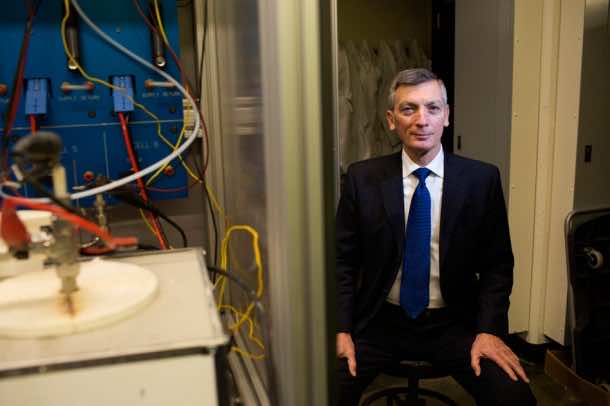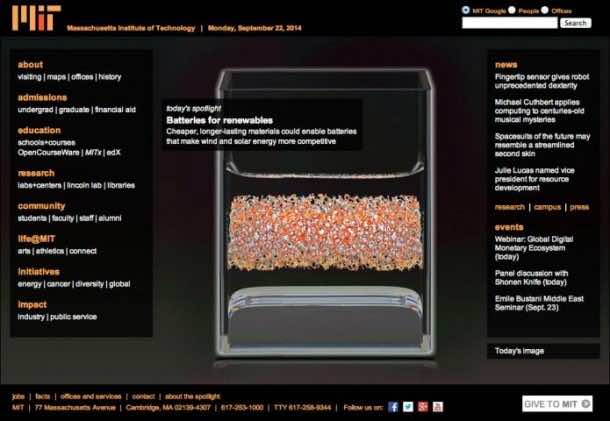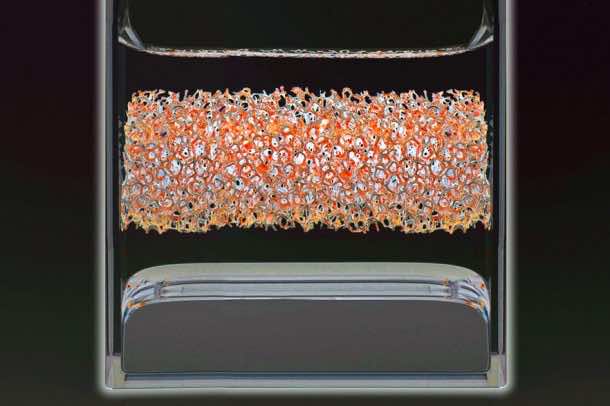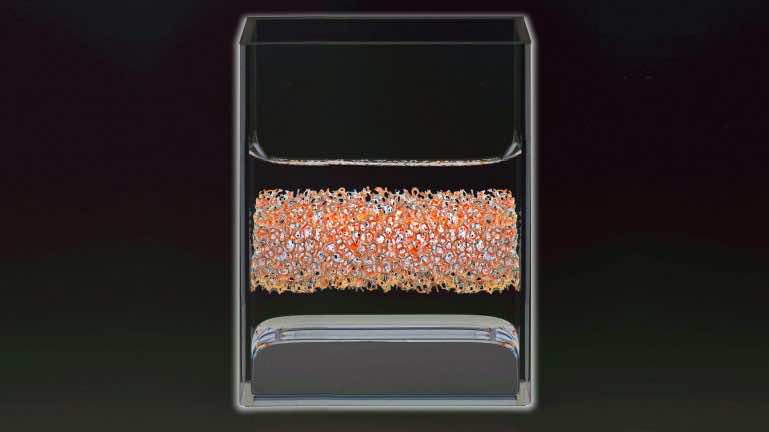Why are we not moving to renewable energy sources already? The answer is quite simple; our ability to store energy is still not up to the required mark and therefore, we are lagging behind. However, this may very well change soon enough now that a team from MIT has made a unique all-liquid battery system, which is able to extend the life of such gadgets while reducing the cost. This development, as per the team, shall be able to give a marketing edge to wind and solar energy when compared with conventional power sources.
Donal Sadoway is a professor of Materials Chemistry at MIT and he has been busy tinkering with the potential of electrical liquid batteries for a long time now. Such batteries are made up of layers of molten material whose densities vary and allow them to remain separated naturally just like oil and water.
Magnesium and antimony have been used as electrodes while the molten salt works as the electrolyte. Such systems require to be heated to a temperature of 700° C in order to operate. Researchers concluded, however, that switching materials – lead as one electrode and a combination of lead and antimony – results in operating temperature reduced to 450-500° C.
The truly amazing part of this research was when the researchers realized how beneficial it was to make use of antimony and lead. The expected result was to see the voltage of antimony reduced with the lower melting point of lead compromised when the combination was used. However, the end result was different; the melting point of the resulting electrode was in between the individual melting points and the electrode still had the higher voltage of the antimony.
In the words of Sadoway, “We hoped (the characteristics of the two metals) would be nonlinear. They proved to be (nonlinear), but beyond our imagination. There was no decline in the voltage. That was a stunner for us.” This version is capable of operating at lower temperatures and thus the researchers are hopeful that designing such batteries would become much easier resulting in a longer battery life. Tests have affirmed that after 10 years of daily charging and discharging, the battery still maintained 85% of the initial efficiency.
The team is now going to test other metals and see how they affect the battery system while hoping to come up with combinations that result in more reduction of cost and operating temperatures that enhance the performance of the battery. We look forward to see this battery making it to the market soon!


